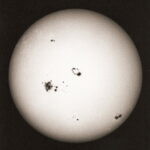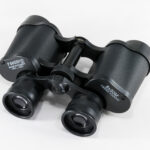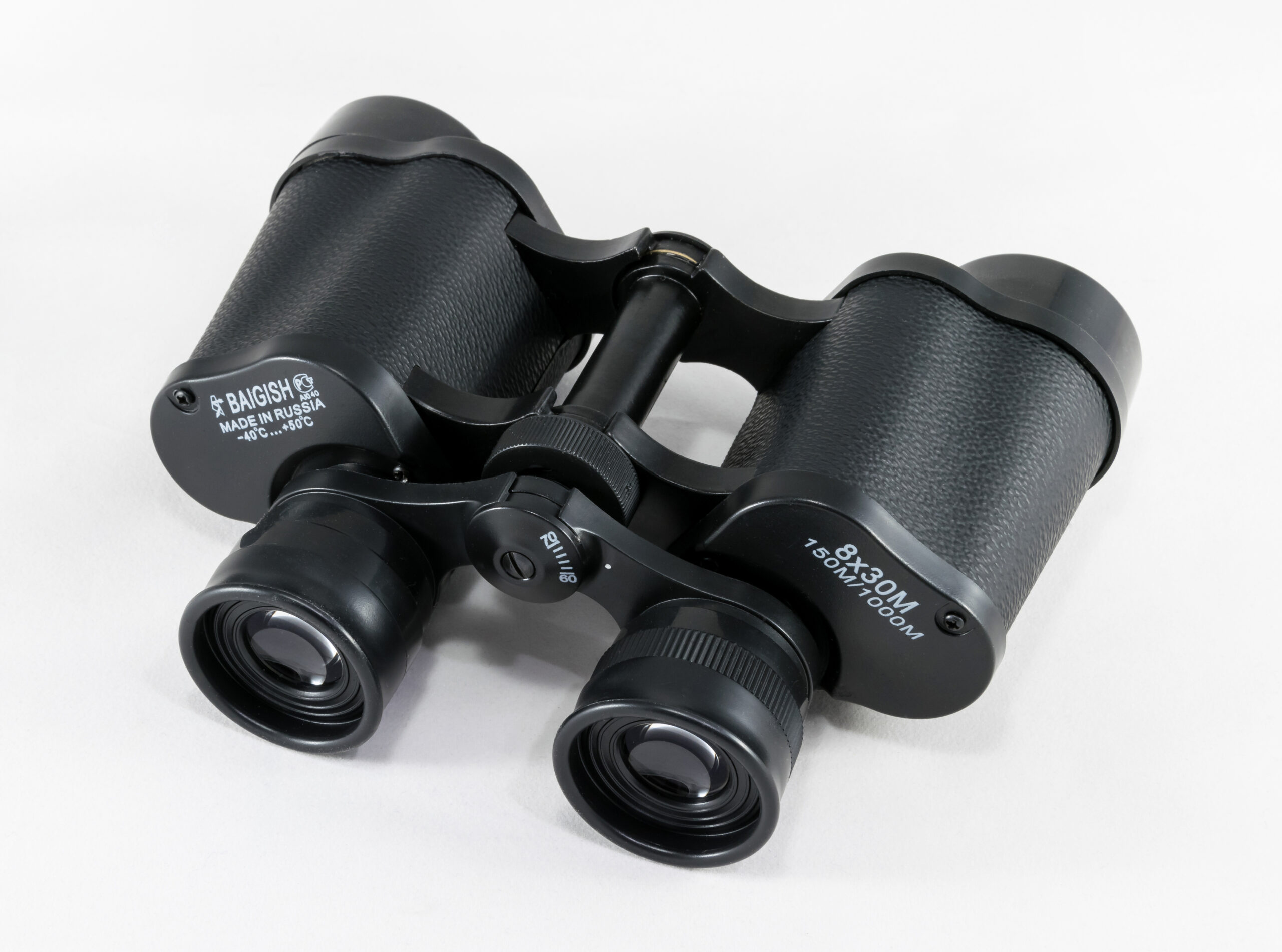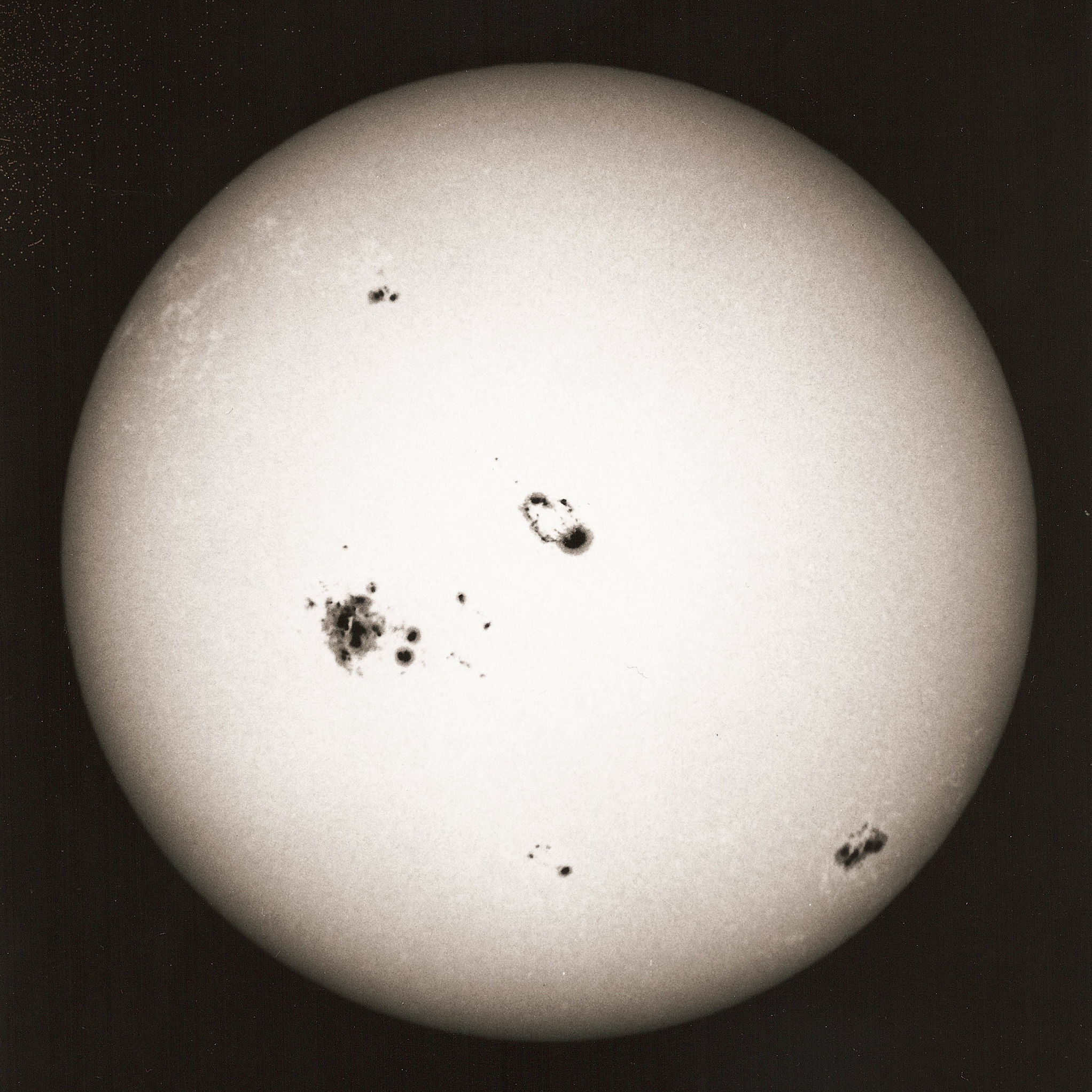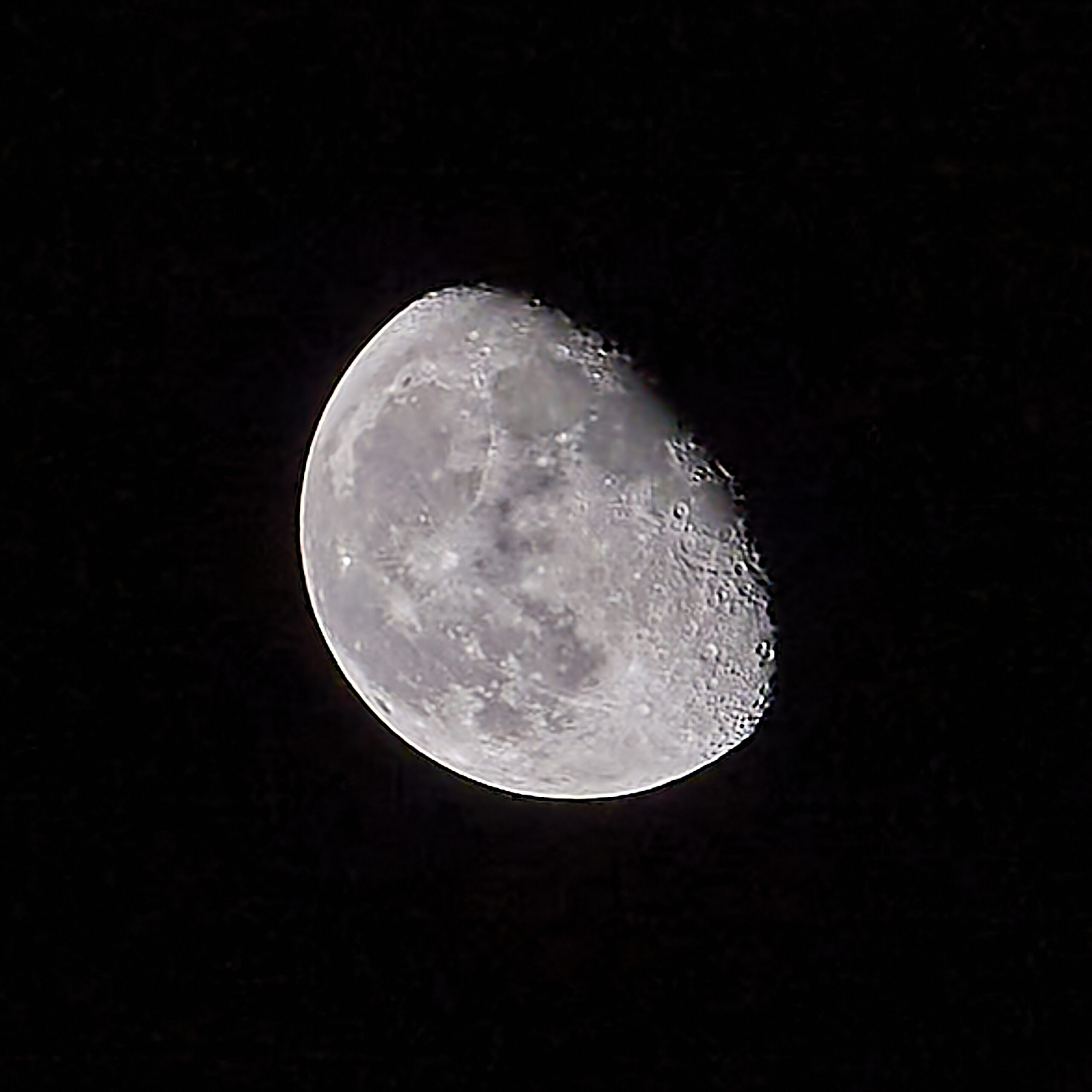Please note: As an Amazon Associate I earn from qualifying purchases.
Binoculars for Stargazing: The Ultimate Guide to Choosing the Right Pair
Binoculars are incredibly versatile tools for stargazing, offering a range of benefits that make them an excellent choice for beginners and experienced skywatchers alike. With a wide field of view and an intuitive, right-side-up image orientation, binoculars make it easy to locate celestial objects without the need for advanced setup or expertise. Simply sling them around your neck, and you’re ready to explore the night sky.
Portability and Comfort
One of the biggest advantages of binoculars is their portability. They’re perfect for nights when you don’t have the time or energy to set up a telescope. Plus, observing the stars with both eyes feels more natural and comfortable for most people. Compared to telescopes, binoculars are also relatively affordable, making them an excellent entry point for amateur astronomers.
The Importance of Lens Size
When it comes to stargazing, the size of the binoculars’ front lenses (aperture) is crucial. Larger lenses allow more light to enter, producing brighter and clearer images of faint celestial objects. You can determine the lens size by looking at the two numbers printed on the binoculars, such as 7×35 or 10×50.
- The first number (e.g., “7x” or “10x”) indicates magnification.
- The second number (e.g., “35” or “50”) refers to the diameter of each front lens in millimeters.
For instance, binoculars with a 10×50 configuration have lenses with a 50mm diameter, allowing them to gather twice as much light as 35mm lenses. This makes them ideal for viewing dimmer night sky objects like star clusters, galaxies, and nebulae.
Choosing the Best Binoculars for Astronomy
For optimal stargazing, binoculars should have lenses that are at least 40mm across. Smaller lenses may work well during the daytime, but they won’t gather enough light to reveal the wonders of the night sky. When selecting binoculars for astronomy, consider the following factors:
- Aperture Size: Larger apertures capture more light, which is essential for observing faint objects.
- Magnification: Higher magnification can provide more detail but may narrow the field of view.
- Field of View: A wider field of view helps locate celestial objects more easily.
- Build Quality: Durable, waterproof, and fog-resistant models are recommended for outdoor use.
Top 10 Binoculars for Stargazing
Here’s a list of 10 highly recommended binoculars for astronomy:
- [Insert product name and description]
- [Insert product name and description]
- [Insert product name and description]
…continue with detailed product suggestions.
By understanding these factors and choosing the right binoculars, you’ll enjoy a comfortable and immersive stargazing experience. Whether you’re scanning the Milky Way or spotting a distant planet, binoculars are your gateway to the universe.
Suggested SEO Tags
Primary Keywords
- Binoculars for stargazing
- Astronomy binoculars
- Best binoculars for astronomy
Secondary Keywords
- Beginner stargazing tools
- How to choose binoculars for astronomy
- Stargazing tips
Long-Tail Keywords
- What binoculars are best for stargazing?
- Affordable binoculars for amateur astronomy
- Astronomy binocular guide for beginners
Meta Description
“Discover the best binoculars for stargazing with our ultimate guide. Learn how aperture size, magnification, and lens quality impact your night-sky viewing experience. Perfect for beginners and seasoned astronomers!”
Let me know if you need help expanding this or tailoring it further!
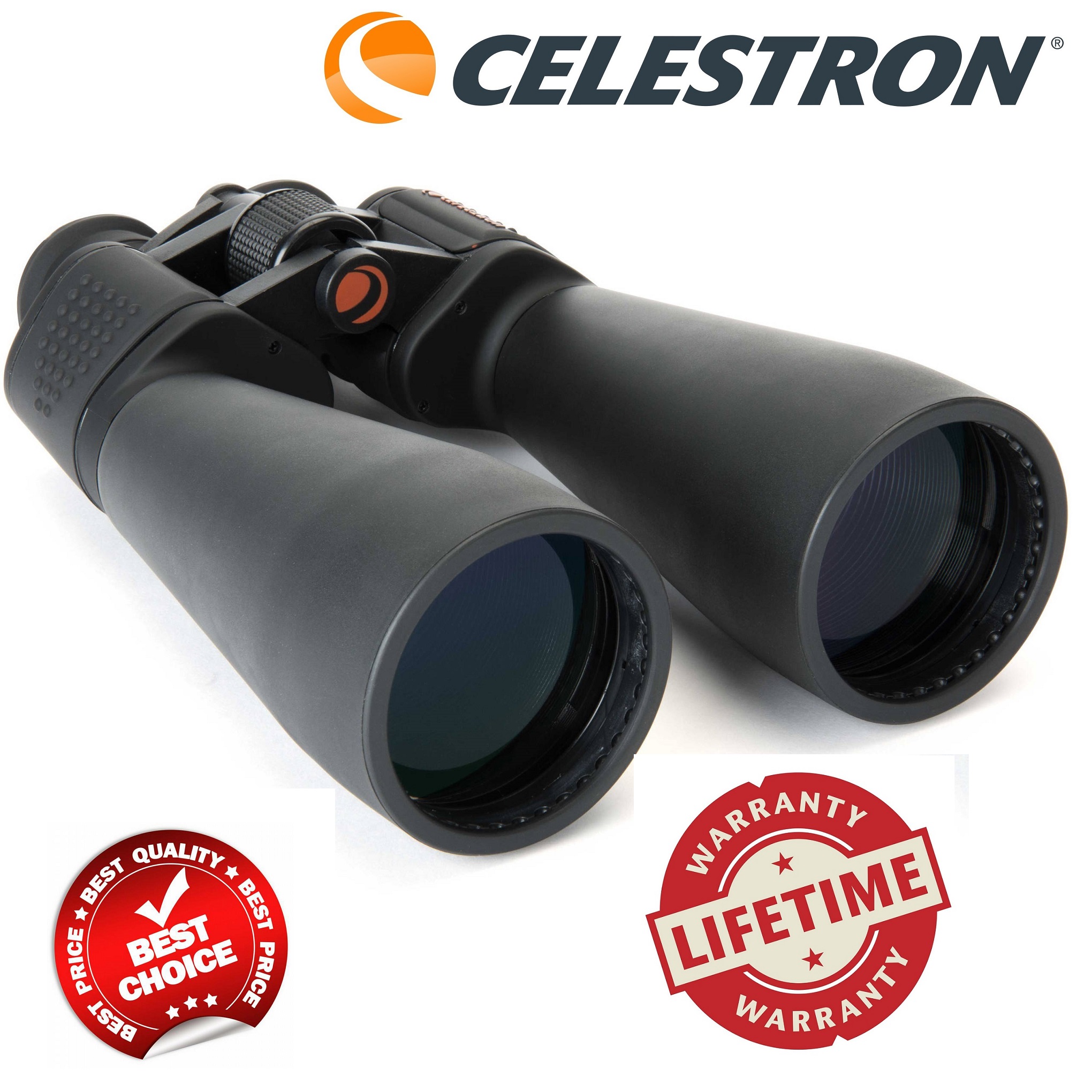 Celestron SkyMaster 25×70
Celestron SkyMaster 25×70
Aperture: 70mm
Magnification: 25x
Features: Great for deep-sky observation with a large aperture for light gathering. It’s a popular choice for beginners.
 Celestron SkyMaster 25×70
Celestron SkyMaster 25×70
Aperture: 70mm
Magnification: 25x
Features: Great for deep-sky observation with a large aperture for light gathering. It’s a popular choice for beginners.- Nikon 10×50 Aculon A211
Aperture: 50mm
Magnification: 10x
Features: Offers a wide field of view, sharp optics, and comfortable viewing. It’s a versatile option for both terrestrial and celestial viewing. - Orion 15×70 Astronomy Binoculars
Aperture: 70mm
Magnification: 15x
Features: Designed specifically for astronomy, it offers high magnification and excellent light-gathering capabilities. - Vortex Optics Viper HD 10×50
Aperture: 50mm
Magnification: 10x
Features: Premium optics with HD glass, providing sharp and bright images. It’s rugged and waterproof, ideal for outdoor use. - Celestron SkyMaster 20×80
Aperture: 80mm
Magnification: 20x
Features: Large aperture for excellent light gathering and high magnification for detailed observations of celestial objects. - Fujinon 10×70 FMT-SX
Aperture: 70mm
Magnification: 10x
Features: Known for its superior build quality, exceptional optics, and flat-field view, making it a top choice for serious astronomers. - Oberwerk Ultra 15×70
Aperture: 70mm
Magnification: 15x
Features: Offers a balance of magnification and light-gathering power, with high-quality optics and rugged construction. - Bushnell Legacy WP 10×50
Aperture: 50mm
Magnification: 10x
Features: Waterproof and fog-proof, with a wide field of view and fully multi-coated optics for bright, clear images. - Pentax SP 20×60 WP
Aperture: 60mm
Magnification: 20x
Features: High magnification with waterproof construction, offering clear and bright images ideal for stargazing. - Celestron Nature DX 12×56
Aperture: 56mm
Magnification: 12x
Features: Lightweight and portable, with fully multi-coated optics and phase-coated prisms, providing high-contrast and bright images.
These binoculars vary in price and features, catering to both beginners and experienced astronomers. When choosing the best pair, consider what you prioritize most, whether it’s portability, magnification, or the ability to gather light for viewing faint objects.
